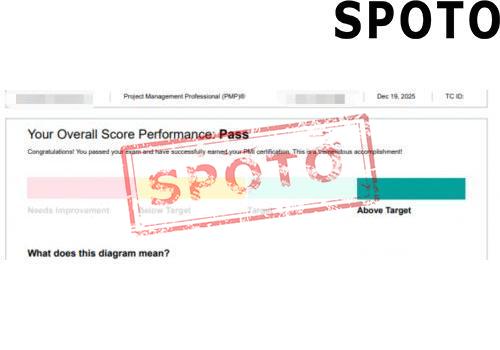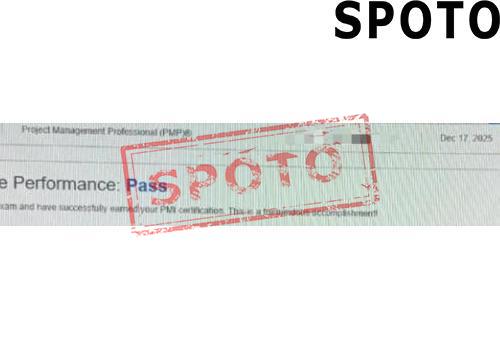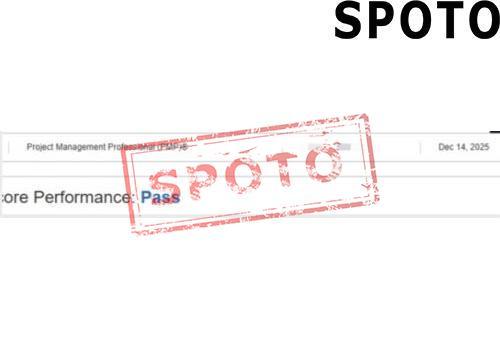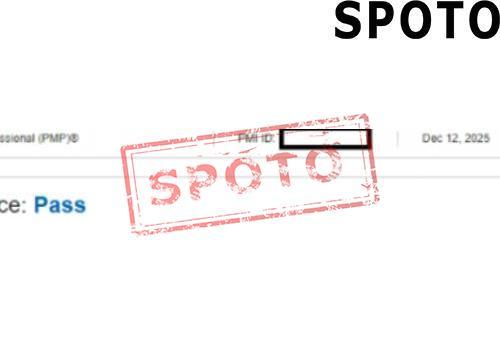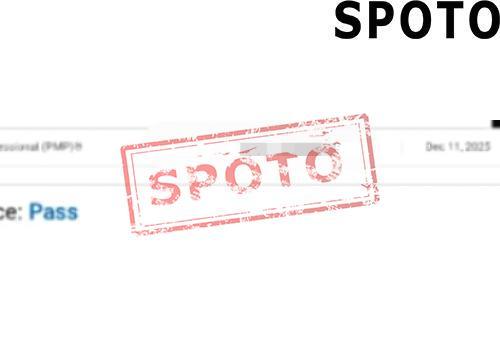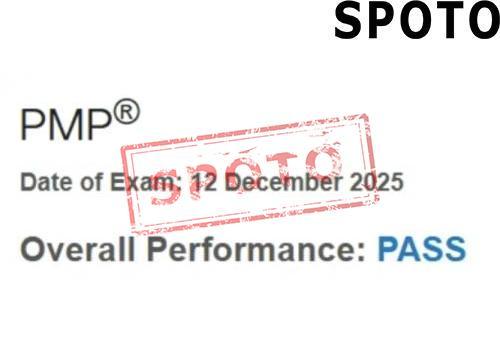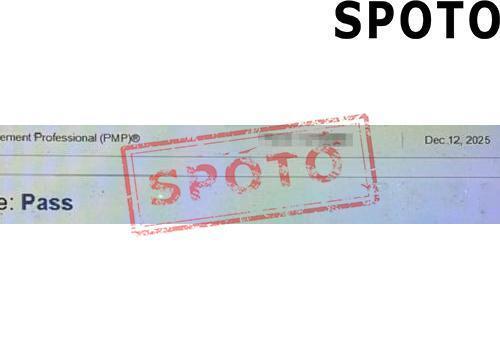
Table of Contents
Exploring Crashing
Crashing in project management is a concentrated effort to decrease project duration without diluting its essential components. This aggressive strategy involves allocating additional resources to critical path tasks, thereby accelerating completion times.
A. Definition of crashing
Crashing is identified as an accelerated project management tactic, fundamentally designed to expedite project timelines. This method concentrates on augmenting the project's resource allocation, specifically targeting tasks on the critical path to significantly reduce overall project duration.
B. Advantages of crashing
- Time Efficiency: Crashing drastically reduces project timelines, delivering outcomes swiftly.
- Improved Client Satisfaction: Accelerated completion rates can enhance client relations by meeting or surpassing deadline expectations.
- Competitive Edge: Rapid project execution can provide a strategic advantage in fast-paced markets.
C. Potential obstacles in crashing implementation
While crashing can offer substantial benefits, its implementation is not without challenges. The primary concerns include escalated costs due to the need for additional resources, potential quality compromises with hastened completion, and the increased risk of team burnout from intensified workloads. Such factors necessitate careful consideration to ensure the successful application of the crashing strategy.
Comparison of Fast Tracking and Crashing
Within the domain of project management, the strategies of fast tracking and crashing are deployed to expedite project timelines. However, their application reflects divergent methodologies and effects on resources.
A. Differentiating Characteristics
Fast tracking involves executing tasks in parallel that were originally scheduled to be done sequentially. This approach hinges on the simultaneous progression of activities, aiming to shorten the overall project duration without necessarily increasing the project's budget. Conversely, crashing is characterized by adding additional resources to the project, accelerating task completion within the existing framework. It primarily focuses on reducing the schedule at the expense of increased costs, potentially involving overtime pay or additional staffing.
B. Impact on Project Timeline and Resources
The impact on the project timeline and resources varies markedly between the two strategies. Fast tracking can significantly accelerate project completion without additional financial outlay, albeit at the risk of heightened confusion and coordination challenges among team members. On the flip side, crashing, while also aiming to shorten project duration, incurs higher costs due to the extra resources employed. This method may increase the financial burden on the project but is less likely to complicate task coordination.
C. Decision-making Criteria for Choosing between Fast Tracking and Crashing
Choosing between fast tracking and crashing hinges on several criteria, including the project's flexibility, budget constraints, and risk tolerance. Fast tracking is preferable when budget limitations exist, and the project can accommodate the increased risk of task overlap. Conversely, crashing is suited for scenarios where time is of the essence, and the project has the financial leeway to bear additional costs. Ultimately, the decision should align with the project’s priorities, whether it’s adhering to a stringent timeline or minimizing expenditures.
Assessing Project Suitability
In the quest to expedite project timelines without compromising on the quality of the outcome, project managers often stand at a crossroads, deciding whether to employ fast tracking or crashing as a strategy to achieve their goals. The choice between these two approaches is influenced by a myriad of factors that include, but are not limited to, project deadlines, available resources, and the inherent risk each strategy brings to the project’s table.
A. Factors influencing the choice between fast tracking and crashing
The decision to opt for fast tracking or crashing hinges on several critical considerations. First and foremost, the urgency of project completion plays a pivotal role. For projects with a tighter deadline, fast tracking might be preferable, as it involves parallel task execution and can significantly reduce the project timeline. Conversely, when the primary constraint is not time but the availability of additional resources, crashing becomes a viable option, enabling the project to be completed quicker by allocating extra resources to the critical tasks.
Moreover, the risk tolerance of the project team and stakeholders also affects this choice. Fast tracking can introduce risks related to task overlap and rework, requiring a high degree of coordination and flexibility. On the other hand, crashing, while potentially increasing the project cost due to the addition of resources, may be seen as a less risky option if the budget allows for it.
B. Project complexity and size considerations
The complexity and size of the project further dictate the appropriateness of fast tracking or crashing. Larger and more complex projects might benefit from fast tracking, where the simultaneous execution of tasks can lead to more efficient use of time. However, this requires a robust understanding of the project’s critical path and a keen ability to manage increased complexity without leading to project delays. In contrast, crashing might be more suitable for projects that are less complex but resource-intensive, where the primary challenge is to compress the project schedule within the constraints of the existing workforce or budget.
Ultimately, the selection between fast tracking and crashing is not a one-size-fits-all solution. It demands a nuanced understanding of the project’s unique characteristics, the team’s capabilities, and the stakeholders' expectations. By considering these aspects, project managers can steer their projects towards success, utilizing the most appropriate acceleration technique to meet their objectives.
Best Practices for Effective Implementation
Implementing fast tracking and crashing methodologies in project management demands not only a strategic approach but also adherence to best practices that ensure their success. This segment outlines pivotal practices pivotal for the fruitful application of these strategies.
A. Communication and Collaboration Among Stakeholders
At the core of effective project management lies the art of communication and collaboration. The intricate dance of fast tracking and crashing requires that all stakeholders, from project managers to team members and clients, are in constant dialogue. Transparent, open channels of communication facilitate the swift identification of potential issues, allowing for real-time adjustments. Collaborative efforts enhance team synergy, ensuring that project acceleration efforts are cohesive and well-coordinated.
B. Monitoring and Adjusting Project Plans
Vigilance in monitoring the progress of a project is indispensable, especially when employing acceleration techniques like fast tracking and crashing. Regular, if not continuous, assessment of project timelines, resource allocation, and milestone achievements is crucial. This dynamic surveillance enables project managers to make informed adjustments to the project plan, ensuring alignment with the overall project objectives and timelines. Adaptive project management, characterized by flexibility and responsiveness, is fundamental in navigating the complexities introduced by these acceleration strategies.
C. Mitigating Risks Associated with Fast Tracking and Crashing
The ambitious nature of fast tracking and crashing inherently introduces risks, particularly related to quality, team burnout, and budget overruns. Mitigating these risks requires a proactive approach, starting with a thorough risk assessment to identify potential pitfalls early on. Strategic risk management plans, including contingency plans and resource buffers, should be developed and integrated into the project plan. Additionally, fostering a team environment that prioritizes quality and sustainable work pace can counterbalance the pressure that acceleration strategies might introduce.
Conclusion
In this analysis, we explored the intricate frameworks of fast tracking and crashing as pivotal strategies within the sphere of project management. We initiated our discussion by underscoring the criticality of efficient project execution, paving the way for a detailed exposition on both methodologies.
A. Recap of Key Points
We commenced with an elucidation of fast tracking, highlighting its essence as a technique for parallel task execution to abbreviate the project timeline, alongside its merits and the intricacies it encompasses. Crashing followed, delineated as the augmentation of resources for accelerating task completion, accompanied by an exploration of its benefits and the challenges it may encounter.
The discourse then transitioned into a comparative analysis, shedding light on the distinctive attributes of each strategy, their impacts on project duration and resource allocation, and the criteria essential for selecting the most suitable approach. Subsequently, we embellished our examination with real-world instances that exemplify the successful application of these strategies, thereby providing tangible insights into their practical implications.
B. Importance of Informed Decision-Making
The quintessence of our discussion emphasizes the imperative of informed decision-making in project management. The selection between fast tracking and crashing is not a mere binary choice but a nuanced decision, contingent upon a thorough assessment of project-specific factors, such as complexity and size, alongside the potential risks and rewards each strategy entails.

